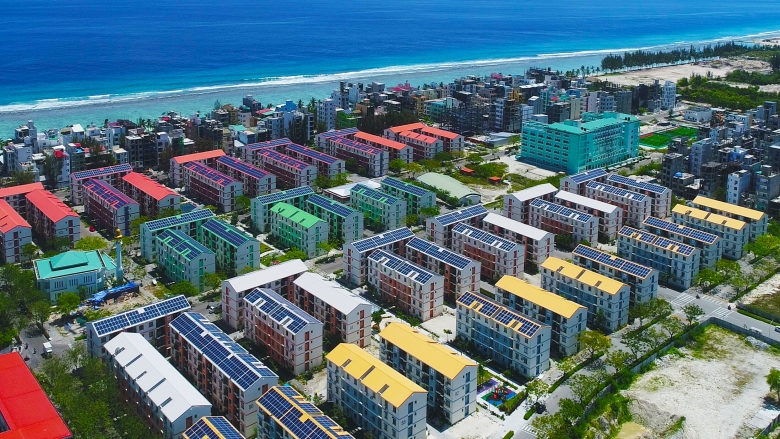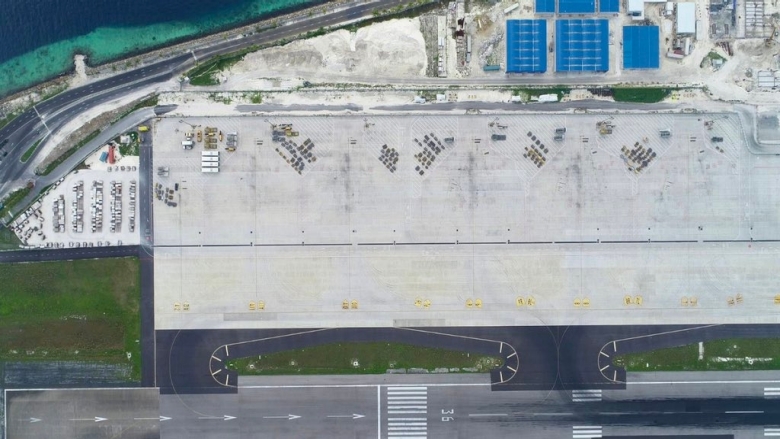As in the rest of the world, the year 2020 is unlike anything the Maldives has ever seen before. The unprecedented economic crisis caused by the COVID-19 pandemic has highlighted the vulnerabilities of the country’s economic model. The high growth years, when rising tourism revenues, record volumes of foreign direct investment and sizeable external borrowings helped the country embark on large scale infrastructure projects, have come to an abrupt end.
Tourism, the mainstay of the island nation’s economy and a major source of livelihoods for both Maldivians and foreign workers, is at a standstill. Construction and fisheries – the other drivers of the economy - have not been spared either. Fishermen who sell their catch to resorts are scrambling to find alternative markets. Photographers can no longer find moments to capture and the guitars and drums of local musicians lie idle.
The World Bank’s Maldives Development Update (MDU) analyses recent developments and presents its outlook on the Maldivian economy. It finds that while the government is trying to soften the blow on businesses and workers through a fiscal package, the economic impact on the country is expected to be profound and the outlook uncertain.
Recovery depends on how fast the Maldives’ lucrative tourism industry bounces back. With borders expected to reopen to visitors in July, some tourism may return in time for the year-end high season. But recovery may be slower than after previous crises; the recent decline in tourist arrivals has been far greater than in the aftermath of the September 2001 terrorist attacks or the December 2004 Indian Ocean tsunami.
“A slow but steady recovery awaits the Maldives in the months and years ahead,” said Florian Blum, lead author of the MDU. In this regard, Pui Shen Yoong, co-author of the report, pointed out to the unique characteristics of the Maldives tourist industry that the island nation could turn to its advantage:


